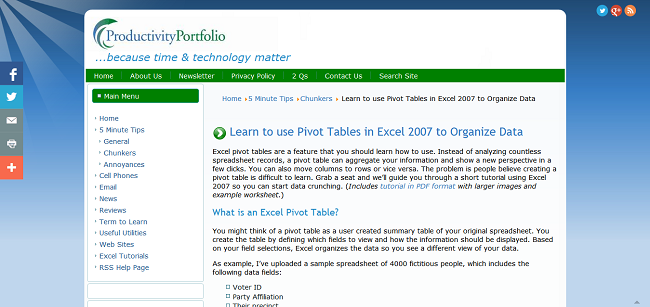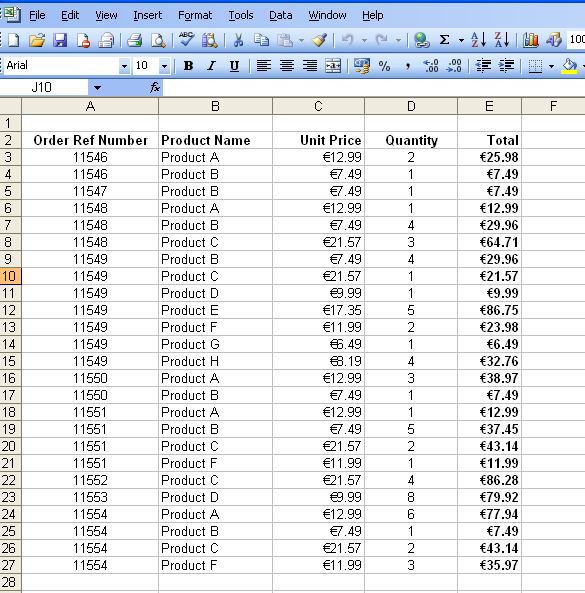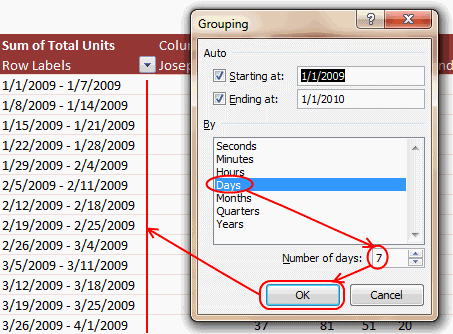

If you would like to learn more about these new features of Microsoft Excel, or would like to attend the Microsoft Excel Training, do contact us at Intellisoft Systems. Show Values As feature: The ‘show values as’ feature includes a number of new, automatic calculations, such as % of Parent Row Total, % of Parent Column Total, % of Parent Total, % Running Total, Rank Smallest to Largest, and Rank Largest to Smallest.Similarly, we can hide all field buttons on the PivotChart report. Specifically, it’s easier to get the required data directly in a PivotChart and to reorganize the layout of a PivotChart by adding and deleting fields. PivotChart enhancements: It has made things easy to interact with PivotChart reports.This will help us to display item captions of nested fields in all rows and columns. Pivot Table labels: We can add labels in a Pivot Table and also replicate them in the Pivot Tables.In addition, the filter interface includes a handy search box that can help us to find what we need among potentially thousands (or even millions) of items in the PivotTables. Enhanced filtering: We can use slicers to quickly het the required data in a PivotTable and see which filters are applied without having to open additional menus.

Learning how to use pivot tables in excel 2003 update#
We can use the write-back feature with any OLAP provider that supports the UPDATE CUBE statement.

We can use the write-back feature in what-if mode and then roll back the changes when we no longer need them, or we can save the changes. Write-back support: In Excel, we can update values in the OLAP PivotTable Values area and then transferred to the Analysis Services cube on the OLAP server.Performance enhancements: In Excel, Multi-threading helps advanced sorting, data retrieval and filtering in Pivot Tables.

PivotTables are now easier to use and more responsive. Here is a quick tutorial on Pivot Tables in Excel which highlights the new features added in Microsoft Office 365, Office 2019, and Microsoft Office 2016.Įarlier we had a look at the Sparklines and Slicers features of Excel so now we will look at the improved pivot table feature of excel. Sparklines and slicers, as well as improvements to Pivot Tables and other existing features, can help us to discover patterns or trends in the data. What this pivot table displays is the total quantity for each order ID.In Microsoft Excel, new features have been added over the years. Your pivot table should now appear on Sheet2. In this example, we've dragged the Order ID field to the Row section and the Quantity to the Data section. Now drag the fields that you want to appear in the Page, Row, Column, and Data sections of the pivot table. In this example, we want to create our pivot table on Sheet2 in cell A1. It will automatically default to the cell that was highlighted when you started this process. Select the position to create the new pivot table. In this example, we've chosen data from Sheet1. Select the range of data for the pivot table and click on the Next button. Make sure that the "Microsoft Excel list or database" and "PivotTable" options are chosen. Under the Data menu, select "PivotTable and PivotChart Report".Ī PivotTable wizard should appear. Either way, it will give you a basic understanding of pivot tables.įirst, our data that we want to use to populate the pivot table resides on Sheet1. The example that follows has been done in Excel 2000, so the screen may look different if you are using a different version of Excel. Question: How do I create a pivot table in Microsoft Excel 2003/XP/2000/97?Īnswer: We'll start by creating a very simple pivot table.


 0 kommentar(er)
0 kommentar(er)
